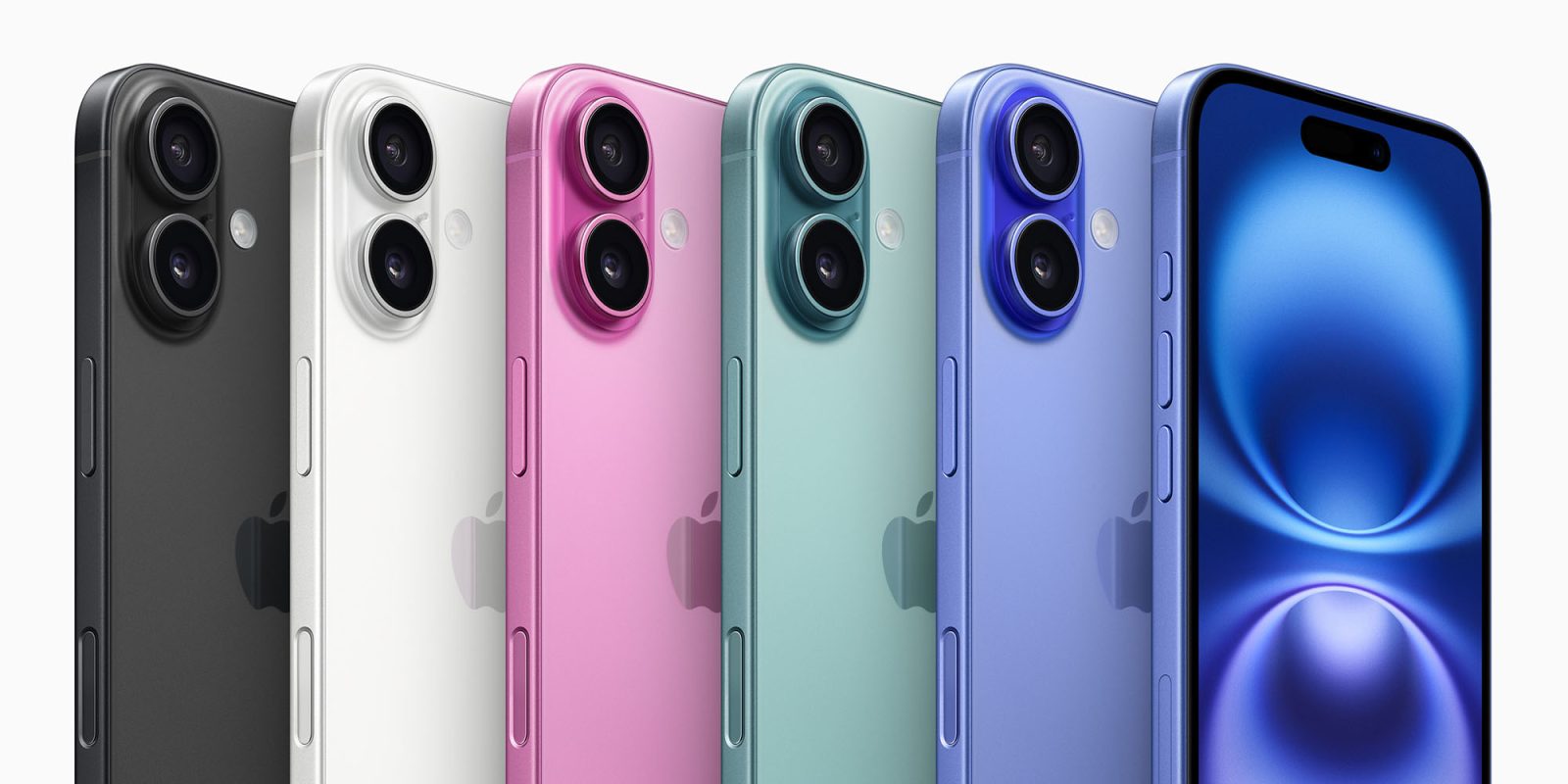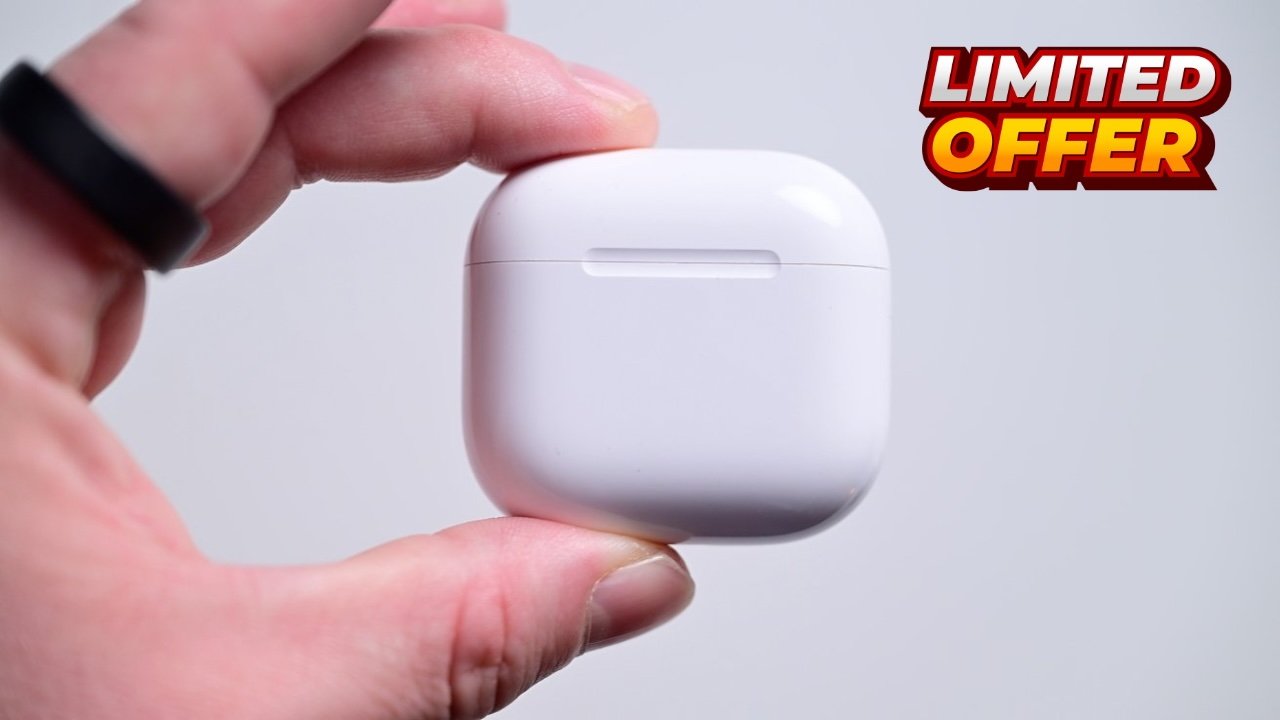The smart home landscape is undergoing a transformative shift with the latest enhancements to the Matter standard, promising more affordable HomeKit-compatible devices and improved control mechanisms for existing setups.
Understanding Matter and HomeKit
Traditionally, manufacturers aiming for HomeKit compatibility had to adhere to Apple’s specific standards and undergo a rigorous approval process. This often resulted in increased production costs and limited device availability. The introduction of the Matter standard has streamlined this process. Now, any device that is Matter-certified is inherently compatible with major platforms, including HomeKit, Google Home, Amazon Alexa, and Samsung SmartThings. This universality simplifies the integration of diverse devices into a cohesive smart home ecosystem.
Cost-Effective HomeKit-Compatible Devices
A significant barrier to the affordability of smart home devices has been the necessity to support both Bluetooth and Wi-Fi protocols. Often, Bluetooth was utilized solely for initial device setup, adding to manufacturing complexities and costs. The latest iteration of the Matter standard, version 1.4.2, introduces support for Wi-Fi-only commissioning. This advancement allows manufacturers to eliminate Bluetooth components, leading to reduced production expenses. Consequently, consumers can anticipate a broader range of cost-effective HomeKit-compatible devices entering the market.
Enhanced Scene Control and Reliability
Smart home enthusiasts frequently employ scenes—predefined settings that adjust multiple devices simultaneously to create a desired ambiance or function. For instance, a Relax scene might dim the lights and lower the thermostat. Previously, executing such scenes required sending individual commands to each device, which could lead to delays or synchronization issues. The updated Matter standard introduces time-based behavior support, enabling devices to coordinate changes over specified durations. This refinement reduces the volume of commands transmitted, enhancing the reliability and fluidity of scene executions.
Improved Battery Life and Network Responsiveness
In homes equipped with numerous smart devices, network congestion can impede performance and drain device batteries. The Matter standard’s new Quieter Reporting feature addresses this by allowing devices to decrease the frequency of status updates sent to the central system. By minimizing unnecessary data transmission, this feature conserves battery life and enhances the responsiveness of the entire smart home network.
Standardized Control for Robot Vacuums
The proliferation of robot vacuum cleaners has introduced a variety of control protocols, leading to inconsistencies in user experience. The latest Matter update standardizes commands and behaviors for these devices, ensuring uniformity across different brands and models. This standardization simplifies setup processes and guarantees more reliable operation, allowing users to integrate robot vacuums seamlessly into their smart home systems.
Security Enhancements
With the expansion of smart home devices, security remains a paramount concern. The recent Matter update incorporates several security improvements designed to protect user data and ensure the integrity of device communications. These enhancements fortify the smart home ecosystem against potential vulnerabilities, providing users with peace of mind.
Implications for Consumers and Manufacturers
The advancements in the Matter standard have far-reaching implications:
– For Consumers: The promise of more affordable devices means that building a comprehensive smart home is becoming increasingly accessible. Enhanced control features and improved reliability contribute to a more satisfying user experience.
– For Manufacturers: The streamlined certification process and reduced hardware requirements lower barriers to entry, encouraging innovation and the development of a diverse array of smart home products.
Looking Ahead
The continuous evolution of the Matter standard signifies a commitment to interoperability, affordability, and user-centric design in the smart home industry. As these enhancements take effect, users can look forward to a more cohesive and efficient smart home experience, characterized by seamless device integration and intuitive control.



